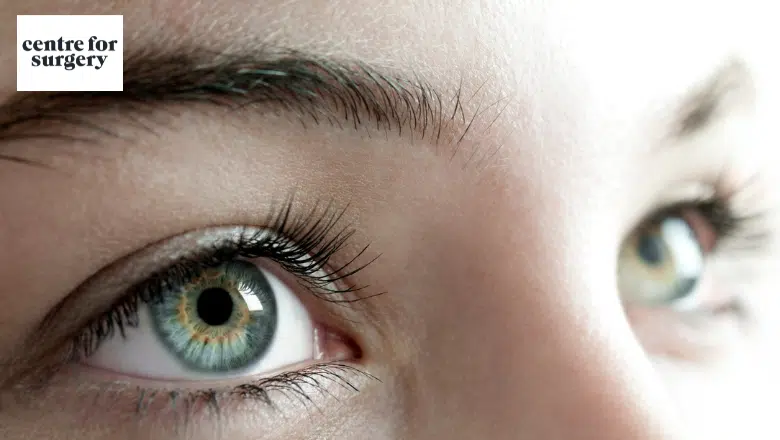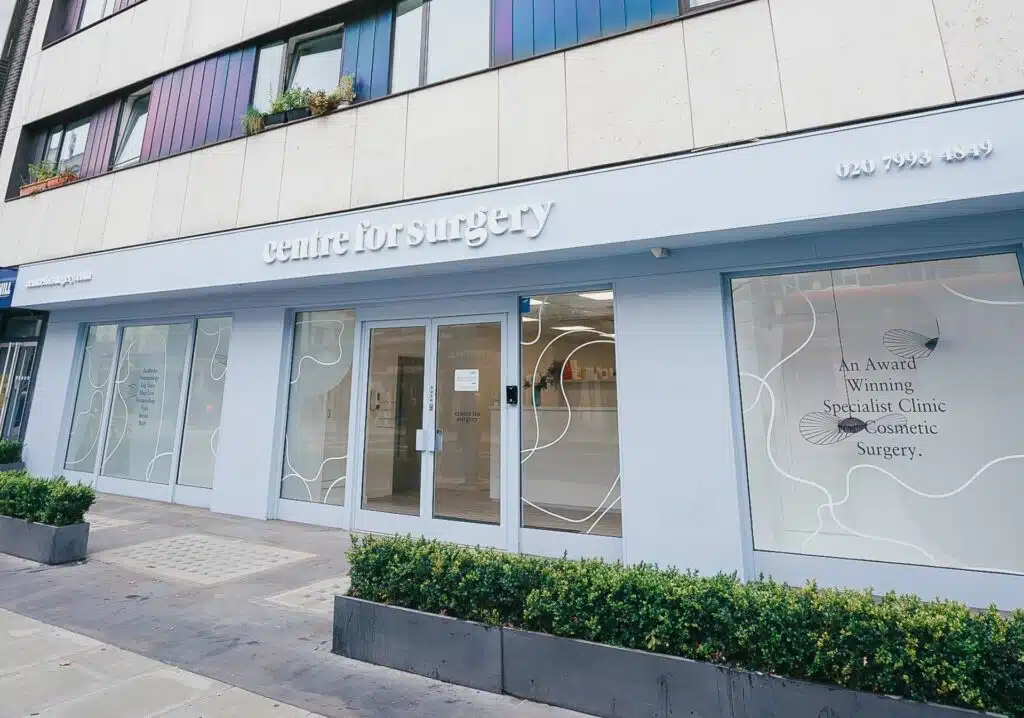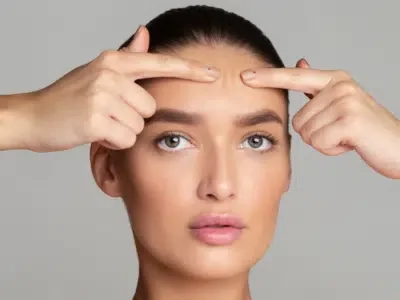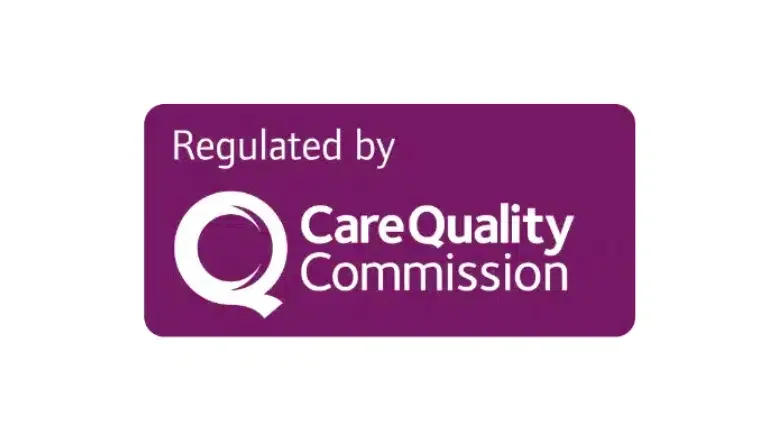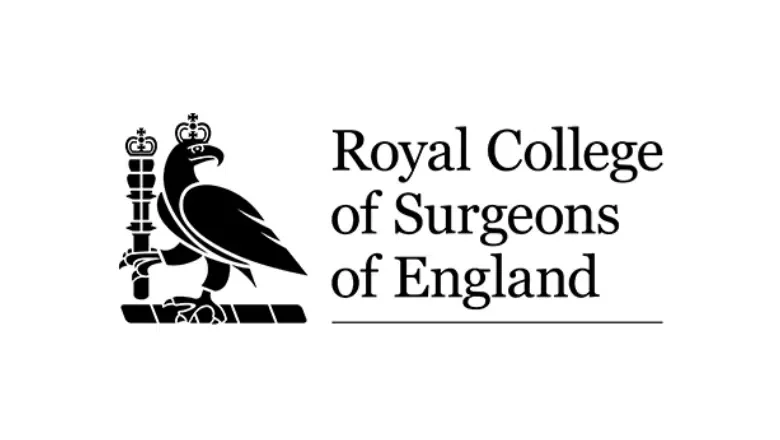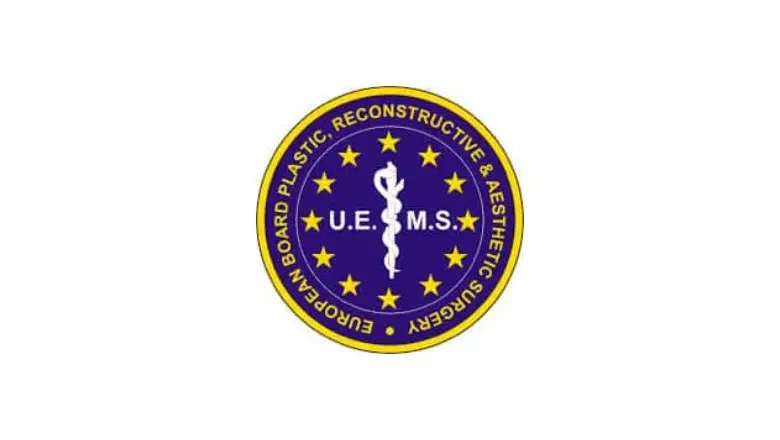Recovery and Aftercare for Eyelid Surgery (Blepharoplasty)
When you’re thinking about getting eyelid surgery, often referred to as blepharoplasty, it’s vital to have a clear grasp of not only the procedure itself but also the recovery and aftercare aspects. This knowledge is key to ensuring a seamless and effective healing process.
Recovery experiences can differ from person to person, but being well-informed about the typical recovery journey and the necessary postoperative care can significantly ease the process. It’s important to be aware that the path to recovery involves several stages, and knowing what to expect at each phase can prepare you for a smoother healing experience.
Benefits of Eyelid Surgery (Blepharoplasty)
Eyelid surgery, also known as blepharoplasty, is often sought out by individuals experiencing specific concerns related to their eyelids. This surgical procedure can address a range of issues, enhancing both the appearance and functionality of the eyelids. Here are some key reasons why people opt for eyelid surgery:
Bags Under the Eyes
One of the primary reasons for considering eyelid surgery is the presence of bags under the eyes. These bags can give a tired or aged appearance, and blepharoplasty can help in reducing this puffiness, leading to a more refreshed and youthful look.
Creases, Wrinkles, and Fine Lines Around the Eyes
Ageing often results in the development of wrinkles, fine lines, and creases around the eyes. Eyelid surgery can smooth out these lines, restoring a smoother and more rejuvenated appearance to the eye area.
Eyelid Ptosis
This medical condition, where the eyelid droops or sags, can hinder one’s ability to open their eyes fully. This sagging can be due to ageing, genetics, or other factors. Blepharoplasty can correct this drooping, improving both vision and the overall appearance of the eyes.
Excess Skin on the Upper or Lower Eyelids
Excess skin on the eyelids can not only affect the aesthetic look of the eyes but can also impede vision. Eyelid surgery can remove this excess skin and enhance one’s sight and contribute to a more open, alert eye appearance.
The Importance of Adhering to Postoperative Instructions After Eyelid Surgery
Following postoperative instructions meticulously after eyelid surgery (blepharoplasty) is crucial for a successful recovery and optimal results. Adherence to these guidelines significantly minimises the risk of complications, which can include a range of issues that not only affect the appearance but also the functionality of the eyes. Here are some of the key reasons why adhering to postoperative instructions is essential:
- Preventing Bleeding from Incision Sites: Proper care of the incision sites post-surgery helps prevent bleeding, which can lead to further complications or delay the healing process.
- Avoiding Difficulty in Closing Your Eyes: Postoperative care is vital to ensure that the eyelids function correctly after the surgery, preventing issues with closing the eyes, which can lead to discomfort and other eye-related problems.
- Reducing the Risk of Dry, Irritated Eyes: Following the surgeon’s instructions helps in maintaining the health of the eye surface, reducing the likelihood of dryness and irritation.
- Preventing Infections: Adherence to cleanliness and care instructions significantly reduces the risk of infections at the surgical site, which can have serious implications for both health and the results of the surgery.
- Minimising the Risk of Injury to the Muscles of the Eye: Proper postoperative care ensures that the muscles around the eye are not strained or damaged during the healing process.
- Reducing Noticeable Scarring: Following the surgeon’s guidelines helps in proper wound healing, which can lead to less noticeable scarring.
- Ensuring Satisfactory Results: The ultimate goal of eyelid surgery is to improve the appearance and functionality of the eyelids. Adhering to postoperative instructions plays a pivotal role in achieving the desired outcome.
- Preventing Skin Discolouration Around the Eye: Proper care can prevent complications like hematoma or prolonged bruising, which can lead to skin discolouration.
- Avoiding Vision Problems: Since the eyes are delicate and closely linked to the surgical area, correct postoperative care is essential to prevent any temporary or permanent vision problems.
Comprehensive Guide to the Eyelid Surgery (Blepharoplasty) Recovery Timeline
First 24 Hours Post-Surgery
Immediately following your eyelid surgery, as the effects of anaesthesia diminish, you will be ready to return home. It’s normal to experience blurry vision during this initial phase. To safeguard your eyes, they will be covered with gauze, necessitating assistance from someone for the next few days for your safety and comfort.
In the first 24 hours, it’s imperative to avoid strenuous physical activities and to focus on resting. You may notice a sensation of tightness in your eyelids, primarily due to swelling. To mitigate this swelling, use two firm pillows to elevate your head above your chest while resting. Additionally, it’s advisable to avoid sleeping on your side to prevent any direct contact between your eyelids and your bed, which could potentially disrupt the healing process.
First Week of Recovery
During the initial week post-surgery, some puffiness and swelling around the operated area is expected and is a natural part of the healing process. Blurry vision may persist during this period but should not be a cause for concern.
By the end of 7-10 days, the discomfort should considerably lessen. Your eyelids might exhibit a pink hue and may feel somewhat numb for a few days following the procedure. Tenderness around the eyes and sensitivity to light are also common experiences during this period. Due to this light sensitivity, you will likely find it necessary to wear dark sunglasses when going outdoors.
To alleviate discomfort, you will be prescribed medication. Additionally, applying ice compresses to the eyelid area can provide relief and aid in reducing swelling.
Progressing through the First Month
As you move into the 4 to 6-week mark, the true results of your eyelid surgery will start to become more apparent. You might still experience some mild swelling as the delicate tissues and muscles in your eyelids adjust and heal from the surgery. Once all swelling has subsided, your eyelids will appear rejuvenated, with a more youthful and well-balanced appearance.
For a smooth recovery, it’s important to limit screen time and allow your eyes ample rest. Refrain from engaging in activities that involve bending, lifting, or any form of straining, as these actions can increase pressure and blood flow to your eyes, potentially impacting the healing process. Continuing to wear sunglasses while outdoors is crucial to protect your eyes from environmental elements.
Blepharoplasty (Eyelid Surgery) Recovery: FAQs
How Long Does Recovery from Blepharoplasty Take?
The recovery time following blepharoplasty, or eyelid surgery, can vary depending on the individual. However, typically, you should allow at least two weeks for the initial recovery. During this time, your body heals from the surgery, and you start to see improvements in the treated area. It’s important to follow your surgeon’s advice closely during this period for the best results.
What Are the Best Ways to Ensure a Smooth Recovery After Blepharoplasty?
To optimise your recovery after eyelid surgery, there are several key guidelines you should follow:
- Avoid Alcoholic Beverages and Smoking: These can hinder the healing process, so it’s best to steer clear of them during your recovery.
- Limit Sun Exposure: Prolonged exposure to the sun can affect the healing of your incisions. It’s advisable to wear protective clothing, including dark sunglasses and a hat, when outdoors.
- Refrain from Strenuous Activities: Activities that strain your body or eyes can impede your recovery, so it’s best to avoid them.
- Eat Healthily: Incorporate a diet rich in vitamins and proteins, including fresh fruits, lean meats, and leafy greens, to aid in your recovery.
- Rest and Sleep Well: Ensuring ample rest and a good night’s sleep is crucial for a speedy recovery.
- Follow All Postoperative Instructions: Your surgeon will provide specific guidelines tailored to your surgery; adhering to these will help ensure a smooth recovery.
What Should I Expect After Blepharoplasty?
After the surgery, it’s common to experience bruising and swelling, which typically subside within two weeks. The scars from the surgery may take a few months to fade completely. During this period, it’s important to protect your eyelids from excessive sun exposure to aid in healing and prevent further irritation.
RELATED: How to Reduce Bruising and Swelling after Eyelid Surgery
How Long Will My Eyelids Stay Red After the Surgery?
Post-blepharoplasty, it’s normal for your eyelids to appear swollen and bruised for about 1 to 3 weeks. The duration of this redness varies from person to person and depends on individual factors like skin health.
How Long Will Bruising Last After Eyelid Surgery (Blepharoplasty)?
After undergoing blepharoplasty, you can expect most of the bruising to diminish within two weeks. However, it’s not uncommon for some residual bruising to linger for about 3 to 4 weeks. The duration of bruising varies from person to person and depends on individual healing processes.
When Can I Start Wearing Makeup After Eyelid Surgery?
It’s advisable to avoid applying makeup during the initial healing phase post-blepharoplasty. You should wait until the incision sites have fully healed, which your surgeon will confirm during a follow-up visit.
Can I Sleep on My Side After Eyelid Surgery?
In the initial days following your eyelid surgery, it’s best to sleep on your back. While accidentally turning to your side during sleep shouldn’t cause major issues, it’s important to avoid putting pressure on the operated area and disturbing the incisions.
How Do I Clean My Face After Eyelid Surgery?
For the first 24 hours post-surgery, it’s best to leave your eyes undisturbed. After this period, you can gently clean your eyelids using a cotton tip applicator soaked in hydrogen peroxide. By day 3, you can start washing your eyelids gently with water and pat them dry with a clean towel. Remember to avoid rubbing your eyes for at least two weeks to prevent any harm to the healing tissues.
When Is It Safe to Wash My Hair After Eyelid Surgery?
You can generally wash your hair after about five days following the blepharoplasty. This allows enough time for the initial healing of the incision sites and reduces the risk of irritation or infection.
Is It Okay to Watch TV After Eyelid Surgery?
Due to concerns about eye strain and the possibility of blurry vision post-surgery, it’s recommended to avoid watching TV for at least the first 2 to 3 days after the procedure. This allows your eyes some time to rest and recover.
How Long Do Stitches Remain in Place After Eyelid Surgery?
If dissolvable stitches are used, they will naturally dissolve over time. For permanent stitches, they are typically removed by your surgeon within 4 to 7 days post-surgery.
RELATED: How Long Does It Take for Stitches to Dissolve after Blepharoplasty?
Will the Scars Be Noticeable After Eyelid Surgery?
The incisions in blepharoplasty are strategically made along the natural creases of your eyelids. This placement not only reduces the visibility of scars but also ensures that the surgery remains discreet. Over time, the scars typically fade and become almost invisible to the naked eye.
What Can I Use on My Scars After Eyelid Surgery?
To aid in scar minimisation, scar creams can be effective. However, it’s important to consult with your surgeon before applying any products to your scars. Typically, you may be able to start using scar cream on the eye area a few weeks after the surgery.
How Should I Treat Scars After Eyelid Surgery?
Around 10 to 14 days post-surgery, you can gently massage the scars as advised by your surgeon. Other treatments like steroid taping or injections into the scar tissue may also be beneficial, depending on your specific case.
RELATED: Eyelid Surgery Scar Treatment, Healing and Fading
Why Choose Centre for Surgery for Your Eyelid Surgery
Centre for Surgery stands out as a premier destination for eyelid surgery (blepharoplasty) in London. Our commitment to excellence, combined with a patient-focused approach, ensures that you receive the best possible care and results. Here’s why choosing Centre for Surgery for your eyelid surgery is a decision you can be confident about:
Expertise and Experience: Our team of highly skilled and experienced surgeons specialises in eyelid surgery. They are adept at delivering natural-looking results, tailored to meet the unique needs of each patient.
State-of-the-Art Facilities: Located at 95-97 Baker Street, our clinic boasts modern facilities and cutting-edge technology. We ensure a comfortable and safe environment for all our patients.
Comprehensive Care: From initial consultation to postoperative follow-up, we provide comprehensive care. Our friendly and knowledgeable staff are dedicated to supporting you throughout your journey.
Patient Testimonials:
- Sarah, London: “My experience at Centre for Surgery was exceptional. The staff were incredibly supportive, and my surgeon was thorough and compassionate. The results of my eyelid surgery have exceeded my expectations, and I couldn’t be happier.”
- David, Surrey: “I chose Centre for Surgery for my blepharoplasty and it was the best decision. The entire team was professional and caring, and the outcome has been transformative. I highly recommend them.”
- Emma, Kent: “From the consultation to the surgery, everything was handled with utmost care and professionalism. My eyelids look amazing, and I feel more confident than ever. Thank you, Centre for Surgery!”
Convenient Finance Options: We understand the financial aspects of surgery can be a concern, which is why we offer various finance options, including 0% APR with Chrysalis Finance, to make the procedure more accessible.
Informative Resources: Our plastic surgery blog and clinic FAQs are rich resources for anyone considering eyelid surgery. They offer valuable insights and information to help you make an informed decision.
Booking a Consultation: To book a consultation or learn more about our eyelid surgery procedures, contact us at 0207 993 4849 or via email at contact@centreforsurgery.com.
For further details about our clinic, our approach to patient care, and to explore our range of services, visit our ‘About Us’ page at Centre for Surgery – About Us. You can also discover more about our Baker Street Clinic and the exceptional care we offer.
Choosing Centre for Surgery means opting for expertise, care, and results that truly make a difference. Contact us today to begin your journey towards enhanced confidence and appearance.

